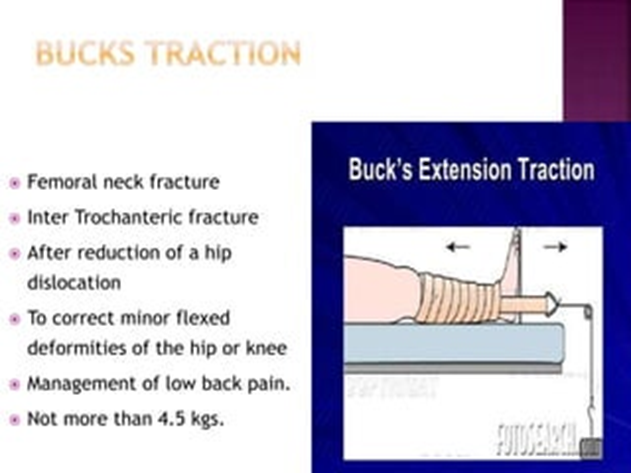A nurse is reinforcing teaching with a client who has diabetes about which dietary source should provide the greatest percentage of her calories. Which of the following client statements indicates an understanding of the teaching?
“Most of my calories each day should be from fats.”
“I should eat more calories from complex carbohydrates than anything else.”
“Simple sugars are needed more than other calorie sources.”
“Protein should be my main source of calories.”
The Correct Answer is B
A. “Most of my calories each day should be from fats.”
This statement is not accurate. While fats are essential for a balanced diet, it is not recommended for the majority of calories to come from fats. The emphasis should be on a variety of macronutrients, including carbohydrates and proteins.
B. “I should eat more calories from complex carbohydrates than anything else.”
This is the correct choice. Individuals with diabetes are often encouraged to obtain the majority of their calories from complex carbohydrates. These include whole grains, vegetables, and legumes, which have a slower impact on blood glucose levels.
C. “Simple sugars are needed more than other calorie sources.”
This statement is not accurate for individuals with diabetes. Simple sugars can lead to rapid spikes in blood glucose levels and should be consumed in moderation.
D. “Protein should be my main source of calories.”
This statement is not accurate. While protein is important for overall health, it is not recommended for protein to be the main source of calories. A balanced diet with an emphasis on complex carbohydrates is typically recommended.
Nursing Test Bank
Naxlex Comprehensive Predictor Exams
Related Questions
Correct Answer is B
Explanation
A. Reduction of the fracture:
Buck's traction is not primarily intended for the reduction (realignment) of the fractured bones. While it may help maintain proper alignment, the primary goal is to provide temporary immobilization and relieve muscle spasms until more definitive treatment, such as surgery, can be performed.
B. Relief from muscle spasms:
This is the correct answer. Buck's traction is commonly used to alleviate muscle spasms associated with hip fractures. The traction force helps to relax the muscles, reduce pain, and maintain the alignment of the fractured bones.
C. Alignment of the pins:
Buck's traction does not involve the insertion of pins into the bone. It uses a boot attached to the leg, and the traction force is applied externally to the limb to achieve the desired therapeutic effects.
D. Support for moving the extremity:
Buck's traction is not intended to support active movement of the extremity. Instead, it provides temporary immobilization to prevent further injury and facilitate the healing process before more definitive interventions, such as surgery, are undertaken.

Correct Answer is C
Explanation
A. Massage the client’s bony prominences:
Massaging bony prominences is generally not recommended for individuals at risk for pressure ulcers. Massage can increase friction and shear forces on the skin, which may contribute to skin damage rather than prevent it. Gentle, careful handling of the skin is preferable.
B. Keep the head of the bed elevated:
While elevating the head of the bed may be appropriate for certain medical conditions, it is not a primary preventive measure for pressure ulcers. In fact, keeping the head of the bed elevated continuously can contribute to pressure on the sacrum and coccyx, increasing the risk of pressure ulcers in those areas.
C. Reposition the client at least every 2 hr:
Regular repositioning is a crucial preventive measure for pressure ulcers. Repositioning helps redistribute pressure, improves blood flow to vulnerable areas, and reduces the risk of skin breakdown.
D. Keep the client’s skin moist:
While maintaining skin moisture is important to prevent dryness and cracking, excessive moisture can contribute to skin breakdown. The emphasis should be on keeping the skin clean and dry, with the use of moisturizers applied judiciously to prevent excessive dryness.
Whether you are a student looking to ace your exams or a practicing nurse seeking to enhance your expertise , our nursing education contents will empower you with the confidence and competence to make a difference in the lives of patients and become a respected leader in the healthcare field.
Visit Naxlex, invest in your future and unlock endless possibilities with our unparalleled nursing education contents today
Report Wrong Answer on the Current Question
Do you disagree with the answer? If yes, what is your expected answer? Explain.
Kindly be descriptive with the issue you are facing.
